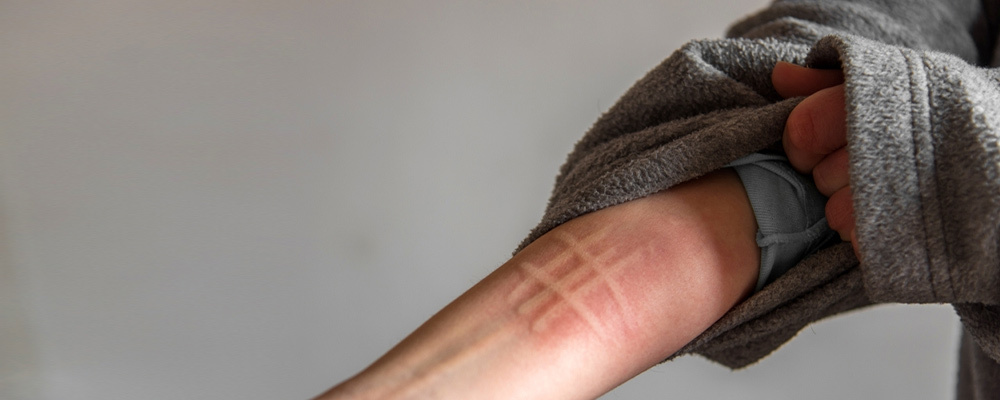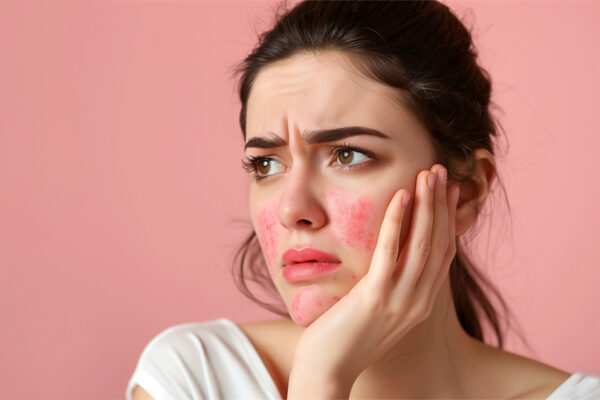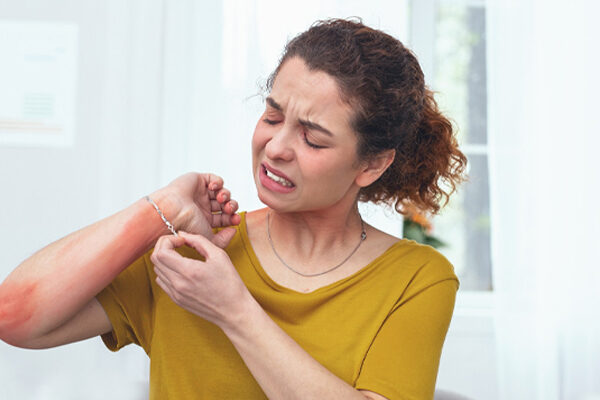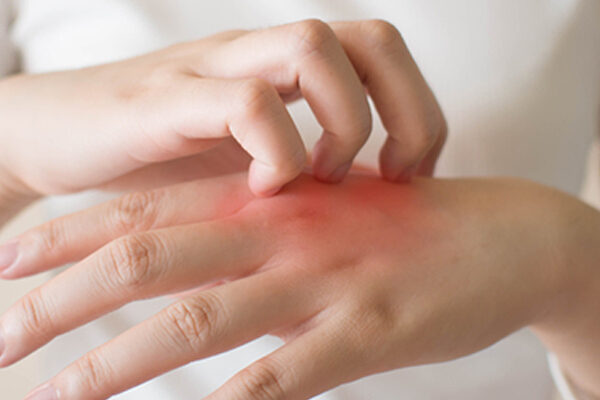Updated on January 17, 2023
Introduction
Pressure urticaria is a form of chronic inducible urticaria characterized by the development of deep swellings at pressure points on the skin. It is also called delayed-pressure urticaria or angioedema. Numerous stimuli, such as carrying something heavy, resting an object on the body, wearing tight clothing, or sitting on a hard surface, can cause lesions.
Heat, aspirin, or menstruation can occasionally make pressure urticaria worse. Although uncommon, pressure urticaria is probably not rare. It is a chronic condition that lasts an average of 9 years. The 20s and 30s are the prime onset years.
In this blog, we will discuss pressure urticaria, its types, symptoms, causes, and treatment options.
Also Read: Urticaria Multiforme: A Benign Rash
What are the Symptoms of Pressure Urticaria?
The symptoms of pressure urticaria are similar to those of other types of urticaria. Itchy bumps on the skin in areas of prolonged pressure are among them. The weal in this type of urticaria is characterized by redness and swelling of the skin and subcutaneous tissues. Lesions can last anywhere from 8 to 72 hours. Symptoms include:
- Aches and pains in other parts of the body
- Bumps
- Fatigue
- Itching in the hive’s area
- Redness
- Swelling
The hands, feet, trunk, buttocks, legs, and face are the most commonly affected areas. Weals may be accompanied by fever, malaise, fatigue, chills, headache, and general joint aches. 60% of the people with pressure urticaria also have chronic urticaria.
What are the Different Types of Pressure Urticaria?
It is caused by a physical source, such as heat or something rubbing against the skin. It develops when itchy bumps appear on the skin where pressure was applied. This type of urticaria is classified into two types:
Immediate:
Immediate pressure urticaria occurs when hives appear on the skin within a few minutes of being subjected to pressure, usually within five to seven minutes.
Dermatographism is another name for this condition. It can occur as a result of rubbing or scratching, as well as pressure on the skin. Hives go away quickly, usually within a half-hour after they appear.
Delayed:
Delayed pressure urticaria occurs when hives appear on the skin several hours after being subjected to pressure, usually within four to eight hours. The hives usually disappear within eight hours to two days.
What are the Causes of Pressure Urticaria?
The name comes from its cause, which is sustained pressure on the skin. This type of urticaria is a rare type of physical urticaria. Wearing constrictive clothing as is common during exercises (this is different from exercise-induced-urticaria), carrying heavy objects, or your body weight pressing down on a surface can all cause this. As these areas are most likely to experience pressure, people with pressure urticaria are more likely to develop them on their hands, feet, shoulders, and backs. Some common factors include:
- Spending a lot of time lying down or sitting while supporting your weight on a surface
- Carrying bulky items, like a box
- Having a large object, like a large backpack, resting against the body
- Wearing tight shoes, belts, arm or waistbands, or any other restrictive clothing
How do we Diagnose Pressure Urticaria?
A medical professional, such as a dermatologist, can diagnose pressure urticaria. You may be asked to keep a diary to keep track of:
- Your activities
- Any medications, herbal remedies, or supplements you might be taking
- What you eat
- Where the hives appear, how long a welt takes to fade, and whether it leaves a bruise or any other marks
- Whether or not your hives cause painful swelling
Blood tests may also be required to determine the cause of your symptoms. Your treatment options will be guided by an accurate diagnosis. If further clarification is required, your doctor may take a skin sample (biopsy) to examine under a microscope.
What are the Treatment Options Available for Pressure Urticaria?
Pressure urticaria can be extremely debilitating, and it has a greater impact on quality of life than most other types of chronic urticaria. The goals of treatment are to reduce morbidity and prevent complications. Avoiding the triggers (such as pressure), applying ice or cold washcloths to the affected area to soothe it, or taking antihistamines or corticosteroids are all effective ways to treat this type of urticaria.
Second-generation antihistamines are recommended as first-line therapy for delayed pressure urticaria (DPU); however, DPU is resistant to antihistamines. Omalizumab has shown benefit in patients with chronic inducible urticaria (CIndU) who are resistant to antihistamines.
What Lifestyle Modifications can Prevent Pressure Urticaria?
Pressure urticaria can disrupt sleep, work, and other activities. The following self-care suggestions may assist you in managing your condition:
Avoid potential triggers:
Foods, medications, pollen, pet dander, latex, and insect stings are examples of these. If you suspect a medication is to blame for your welts, discontinue use and contact your primary care provider. According to some studies, stress or fatigue can cause the breakout of hives.
Applying ice:
Soothe the skin by applying a cold washcloth to the itchy area or rubbing an ice cube over it for a few minutes.
Take a refreshing shower or bath:
Some people may find that taking a cool shower or bath relieves itching in the short term. Sprinkle baking soda or oatmeal powder into the bath water to soothe areas that are wrought with hives.
Use an itching cream or lotion:
For a soothing effect, use creams or lotions containing menthol.
Wear loose, smooth-textured cotton:
Wearing clothing that is rough, tight, scratchy, or made of wool can affect your pressure hives. It is highly recommended to wear loose-fit clothing, with smooth textures.
Sun protection:
Apply sunscreen liberally about a half hour before going outside. Seek shade when you’re outside to help relieve discomfort.
Keep track of your symptoms:
Keep a diary of when and where you get hives, what you were doing, what you ate, and so on. This may aid you and your doctor in identifying triggers.
Summary:
Pressure urticaria is a type of chronic hives that causes itchy bumps on the skin. This can include pressure from wearing too-tight clothes or shoes, carrying heavy items, or body weight on a surface.
Immediate pressure urticaria appears in five to seven minutes, whereas delayed it appears in four to eight hours. As with the other types of hives, your healthcare provider can run a test to see if you have pressure hives. Lifestyle modifications such as avoiding triggers, loose clothing or applying ice, and taking medications are all options that may help with your symptoms of hives. At Revival Research Institute, we are dedicated to conducting research in search of potential new treatment options for this debilitating condition.





